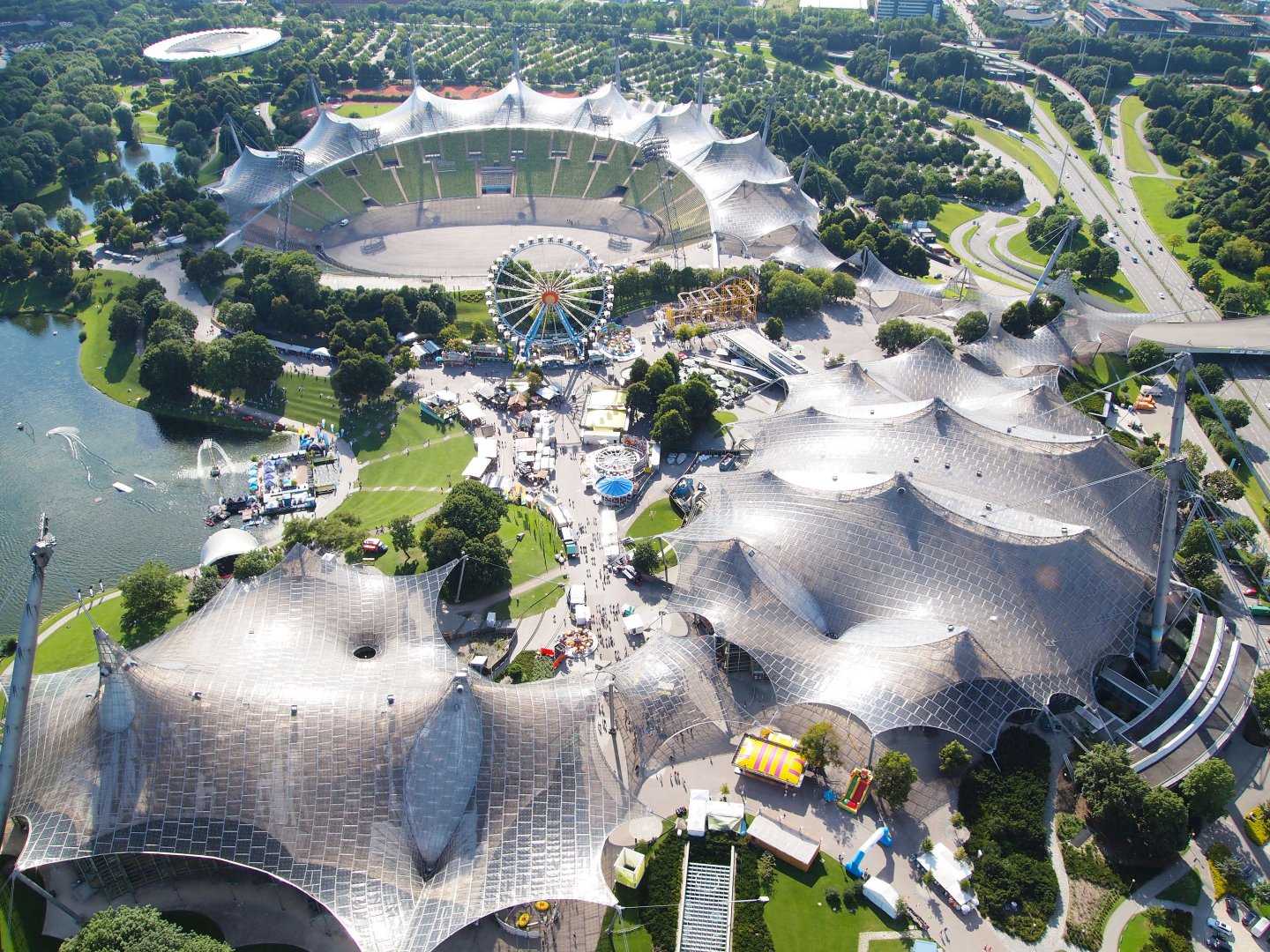
A Hierarchical Form-finding Workflow in the Conceptual Design Phase
Please login to view abstract download link
A hierarchical structure comprises multiple levels or scales, each characterized by distinct structural features [1]. This complexity introduces a wide range of design parameters, making form-finding a particularly challenging task. Two commonly used form-finding strategies for hierarchical structures are Sequential Form-finding (SF) and Global Form-finding (GF). Both approaches begin by decomposing the structure into smaller substructures. In the SF approach, substructures are solved one after the other, with exact forces and nodal coordinates from previously resolved parts passed to the next. In contrast, the GF approach tackles all substructures simultaneously, employing various form-finding methods and resolving compatibility through global optimization. While the SF strategy often limits the exploration of optimal configurations, the GF method tends to suffer from numerical instability as structural complexity increases. To address these limitations, this work introduces a Hierarchical Form-finding (HF) workflow. Like SF, the HF approach subdivides the structure and solves substructures sequentially using either Combinatorial Equilibrium Modelling [2] or the Force Density Method [3]. However, instead of transferring exact forces and node coordinates, HF fixes only the geometry of previously solved substructures, allowing internal forces to redistribute freely. A numerical constraint is included to guide the process. Comparative analyses of the SF, GF, and HF approaches across structures of varying resolutions demonstrate that HF consistently requires less computation time and converges more reliably. As resolution increases, the performance gap widens further in favor of HF. These results establish HF as a fast, stable, and effective approach for hierarchical form-finding.

